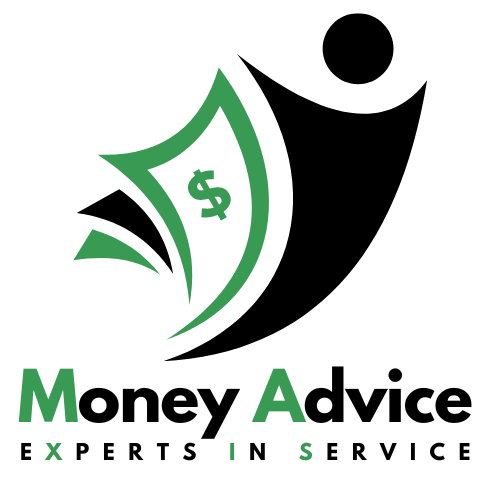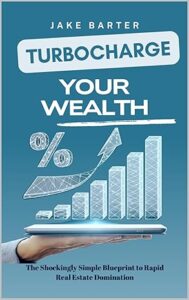Unsecured lending is a type of loan that is not backed by any collateral. This means that the lender is relying solely on the borrower’s creditworthiness to repay the loan. Unlike secured loans, such as mortgages or car loans, unsecured loans do not require the borrower to put up any assets as security. This type of lending comes with its own set of benefits and risks for both the borrower and the lender.
The Basics of Unsecured Lending
Unsecured loans are typically granted based on the borrower’s credit history, income, and overall financial situation. Since there is no collateral involved, lenders tend to charge higher interest rates for unsecured loans compared to secured loans. The approval process for unsecured loans can also be more stringent, as lenders need to assess the borrower’s creditworthiness more thoroughly.
Types of Unsecured Loans
There are various types of unsecured loans available to borrowers, including:
- Personal loans
- Credit cards
- Student loans
- Personal lines of credit
Each type of unsecured loan has its own terms and conditions, interest rates, and repayment schedules. Borrowers should carefully consider their options and choose the type of unsecured loan that best suits their financial needs.
Benefits of Unsecured Lending
Unsecured lending offers several benefits to borrowers, including:
- No risk to personal assets: Since unsecured loans do not require any collateral, borrowers do not have to worry about losing their assets if they fail to repay the loan.
- Quick approval process: Unsecured loans typically have a faster approval process compared to secured loans, making them a convenient option for borrowers who need funds urgently.
- Flexibility: Borrowers can use unsecured loans for a variety of purposes, such as debt consolidation, home improvements, or unexpected expenses.
Risks of Unsecured Lending
While unsecured lending has its advantages, it also comes with certain risks, including:
- Higher interest rates: Due to the lack of collateral, lenders charge higher interest rates on unsecured loans to offset the risk of non-repayment.
- Stricter eligibility criteria: Borrowers need to have a good credit score and stable income to qualify for unsecured loans, making them less accessible to individuals with poor credit.
- Potential for debt accumulation: Without the need for collateral, borrowers may be tempted to take on more debt than they can afford, leading to financial difficulties in the future.
Conclusion
Unsecured lending provides a convenient option for borrowers who need quick access to funds without putting up collateral. However, it is essential for borrowers to carefully consider the terms and conditions of unsecured loans and ensure that they can afford to repay the loan on time. By weighing the benefits and risks of unsecured lending, borrowers can make informed decisions about their financial future.

 Turbocharge Wealth
Turbocharge Wealth Rattle the Market
Rattle the Market Real Estate Secrets
Real Estate Secrets McDonald’s Monopoly
McDonald’s Monopoly Stock Market
Stock Market Side Hustle
Side Hustle